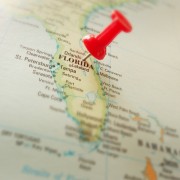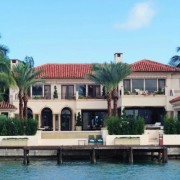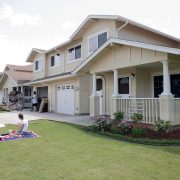Florida’s real estate market has followed a mixed pattern since the financial collapse nearly a decade ago. While there has been a significant recovery since 2008, data from the summer of 2015 shows continued increases, while some industry insiders have concerns. Here are facts about the Florida real estate market as of September 15, 2015.
Media Reports on Florida Real Estate
The Miami Herald reported on June 23 that despite price gains, “South Florida real estate may be in for a slowdown” due to a shrinking buyer pool. Then a headline on August 18 in the Washington Post said the state “could be headed for another housing slide.” The article quoted Florida real estate expert Jack McCabe as saying the state will see another “crash in prices in the next few years.” He indicated that a bubble has formed in the Miami, Fort Lauderdale and West Palm Beach markets.
Statewide Trends
While new data will be issued on September 21 at FloridaRealtors.org, the most recent market data from July showed that single family home prices were up 8.1% year-over-year, with a median price of $199,900 versus $185,000 from a year earlier. The number of closed sales in the state for the year so far was at 26,916, which was a 21.8% increase from the previous July. Townhouses and condos were also up 13.9% in sales and 9.1% in price with a median price of $150,000.
Counties with year-over-year double-digit percentage gains in single family home prices were led by Collier (23.1%), followed by Lee (17.2%), Charlotte (16.5%), Marin and St. Lucie (15.6%), Baker, Clay, Duval, Nassau and St. Johns (13%) and Okaloosa (11.4%). Only the combination of Alachua and Gilchrist Counties posted a negative change at -5.2%. Broward, Miami Beach and Palm Beach Counties combined for a 7.3% gain in prices.
Of the closed sales for July 2015, about a third were cash deals, marking a 5.9% increase from the previous July. Inventory of active listings stood at 101,074, which was down 5.3% from a year earlier. New listings were up 5% at 33,706.
2011-2015 Overview
While closed sales stabilized earlier in the decade, a growing trend has been evident since 2013. January and February have been the weakest months for sales this decade, while spring months tend to be the strongest, although June has been the peak month for sales in 2015, followed by a slight pullback in July.








